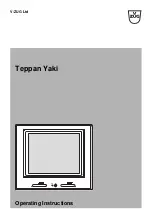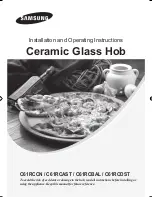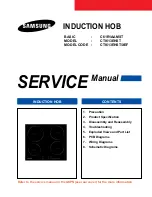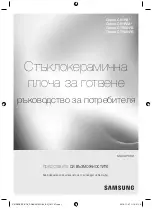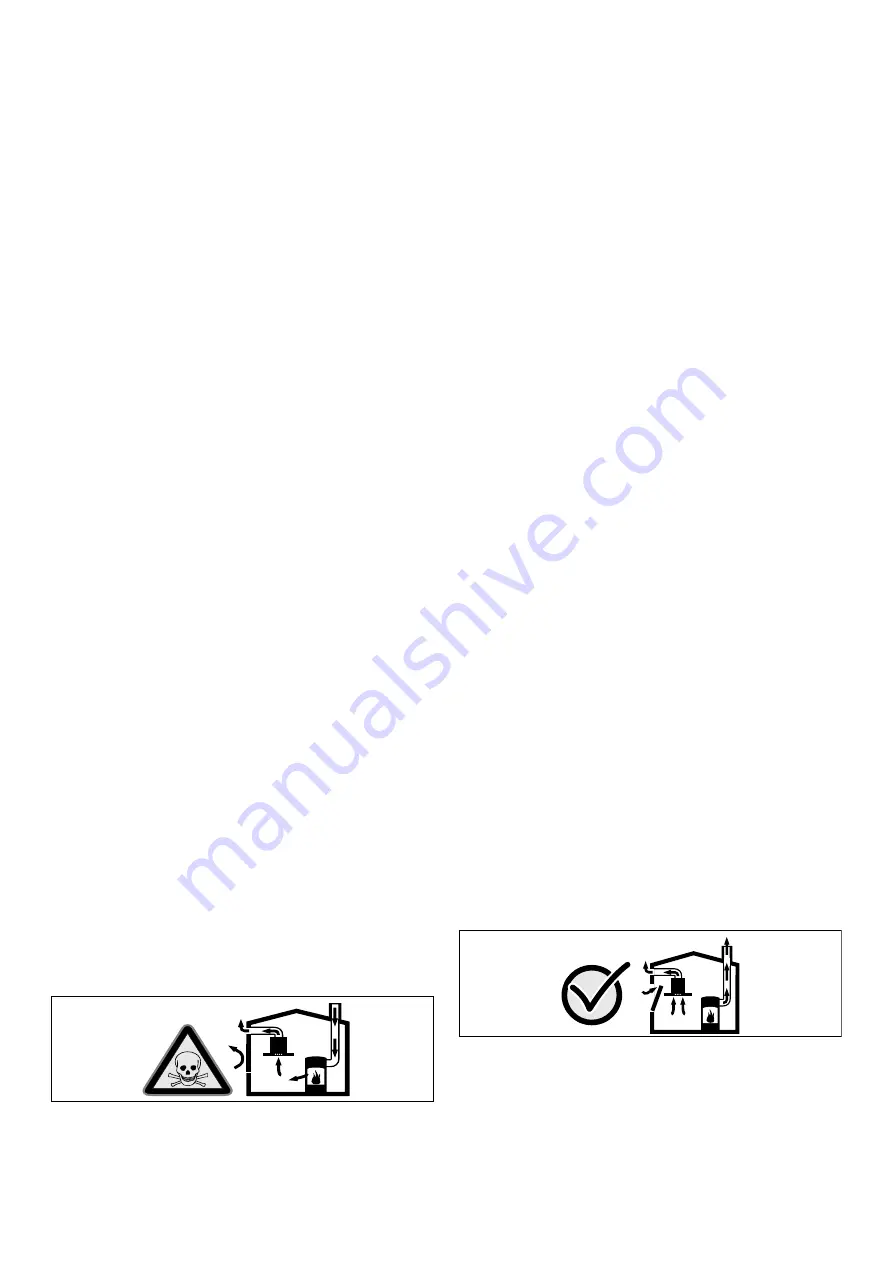
5
Important safety information
en
m
(
Important safety
information
Important safety information
The appliance can only be used safely if it is
correctly installed according to the safety
instructions. The installer is responsible for
ensuring that the appliance works perfectly at
its installation location.
Only a licensed professional may connect
appliances without plugs. Damage caused by
incorrect connection is not covered under
warranty.
Dangerous or explosive materials and vapours
must not be extracted.
Ensure that no small parts or liquids get into
the appliance.
Check the appliance for damage after
unpacking it. Do not connect the appliance if it
has been damaged in transport.
This appliance is not intended for operation
with an external clock timer or a remote control.
m
Warning – Danger of suffocation!
Packaging material is dangerous to children.
Never allow children to play with packaging
material.
m
Warning – Danger of death!
Risk of poisoning from flue gases being drawn
back in.
Always ensure that there is an adequate supply
of fresh air to the room if the appliance is being
operated in air extraction mode at the same
time as a non-room-sealed heating appliance is
being operated.
Non-room-sealed heating appliances (e.g. gas-,
oil-, wood- or coal-burning heaters, continuous
flow heaters or water heaters) draw in
combustion air from the room in which they are
installed and discharge the exhaust gases
outdoors through an exhaust gas system (e.g. a
chimney).
With the extractor hood switched on, air is
extracted from the kitchen and the adjacent
rooms – without an adequate supply of air, the
air pressure falls below atmospheric pressure.
Toxic gases from the chimney or the extraction
shaft are sucked backed into the living space.
▯
There must therefore always be an
adequate supply of air.
▯
A supply-air/air-extraction duct alone is not
sufficient to ensure compliance with the
limit.
It is only possible to safely operate the
appliance if the pressure in the room in which
the heating appliance is installed does not
drop more than 4
Pa (0.04
mbar) below
atmospheric pressure. This can be achieved if
the air needed for combustion is able to enter
through openings that cannot be sealed, for
example through doors, windows, by means of
a supply-air/air-extraction duct or by other
technical means.
The exhaust air must not be conveyed into a
functioning smoke or exhaust gas flue or into a
shaft that is used to ventilate rooms in which
heating appliances are installed.
If the exhaust air is to be conveyed into a non-
functioning smoke or exhaust gas flue, you
must obtain the consent of the heating
engineer responsible.
Always consult the heating engineer
responsible. They will be able to assess the
house's entire ventilation setup and suggest
the most appropriate ventilation measures.
Unrestricted operation is possible if the
extractor hood is operated exclusively in air
recirculation mode.





















